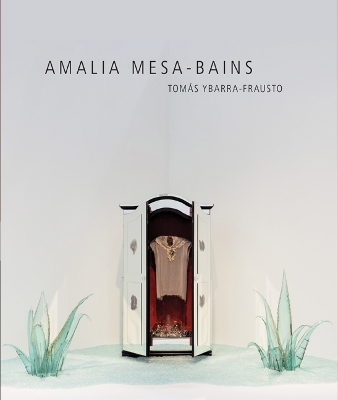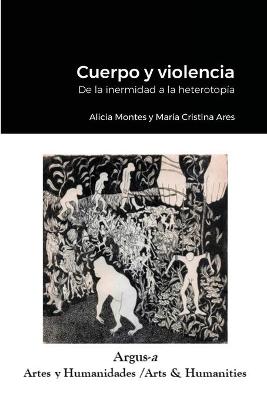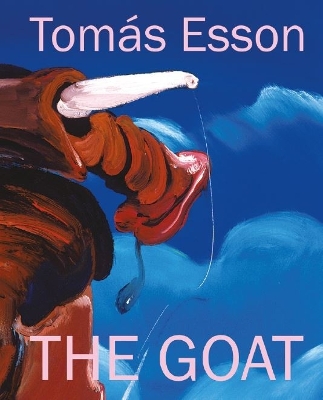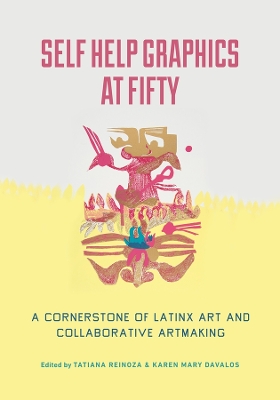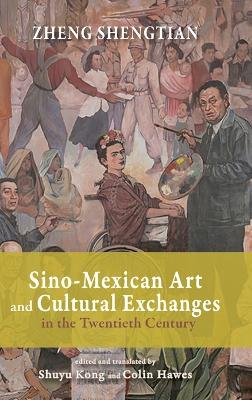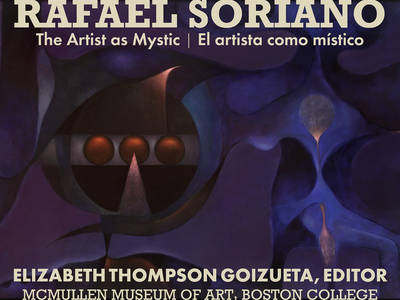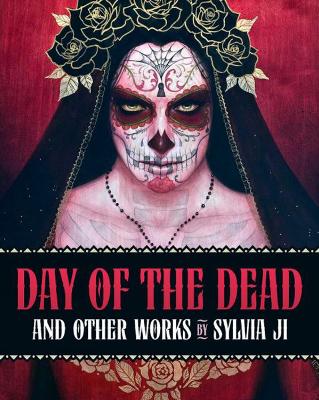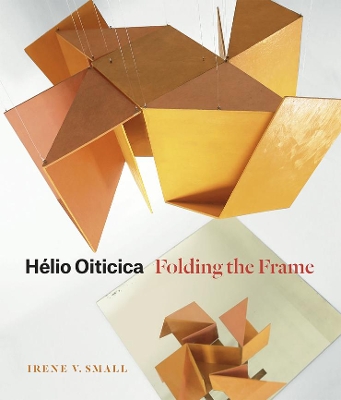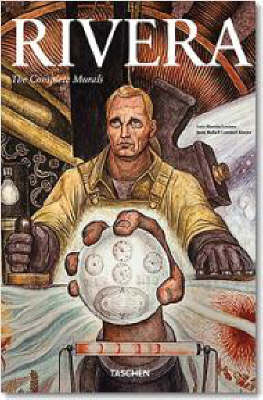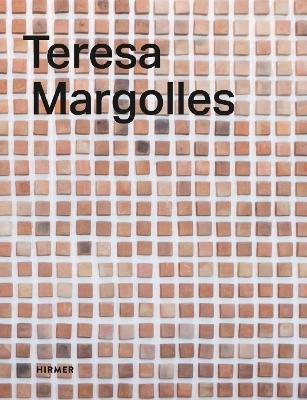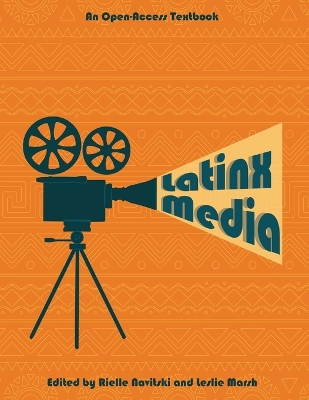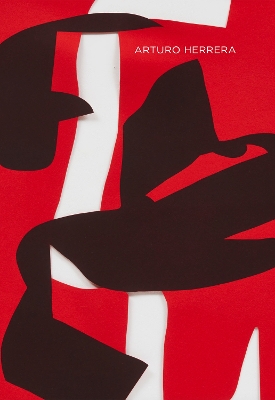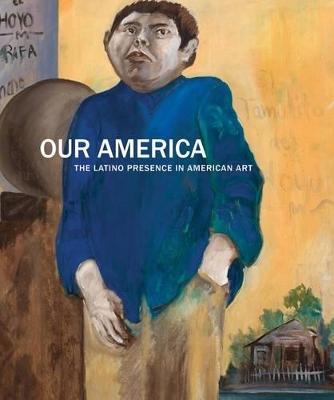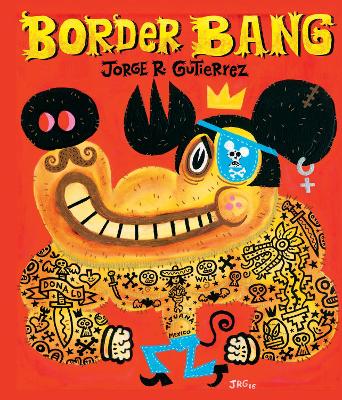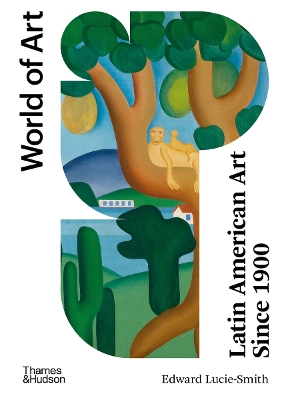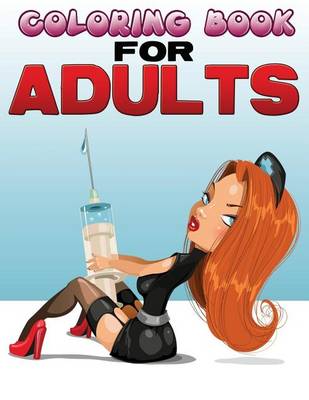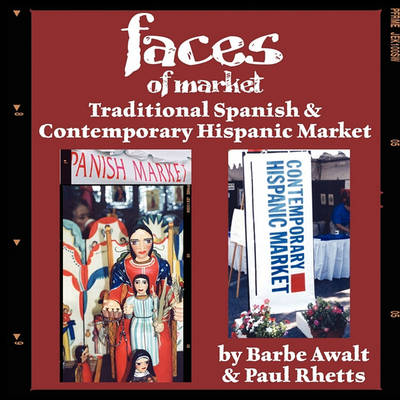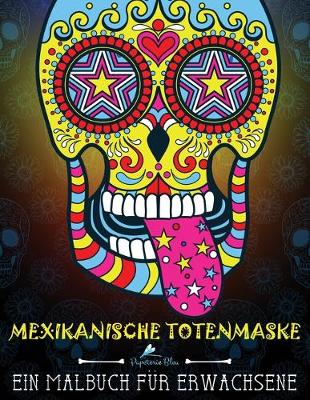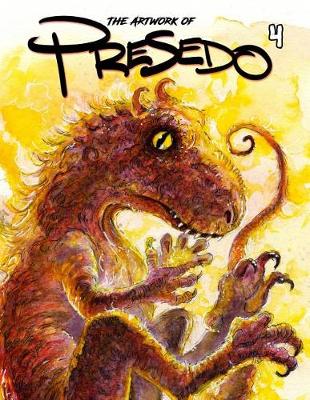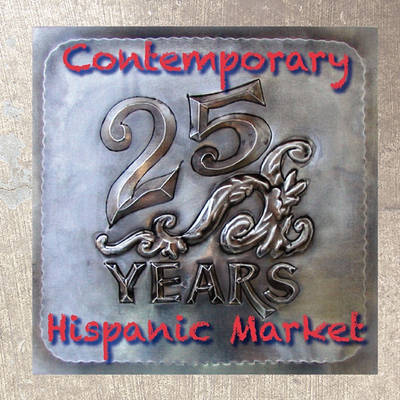The life and work of a celebrated multimedia artist, cultural and feminist theorist, and community organizer Amalia Mesa-Bains has garnered international recognition for multimedia installations that evoke the Chicana experience. This lively book recounts pivotal moments from her life, career, and collaborations, examining the intertwined worlds of Latinx culture, social movements, and contemporary art. Esteemed cultural historian Tomás Ybarra-Frausto relates Mesa-Bains’s life to contemporary...
Cuerpo y violencia. De la inermidad a la heterotopía
by Alicia Montes and Maria Cristina Ares
Tomás Esson: The GOAT is the first monograph of Afro-Cuban artist Tomás Esson. It features paintings created over a span of thirty-five years and showcases a distinct style that overflows with energy, biting humor, and suggestive narratives that often involve highly sexualized, monstrous creatures alongside the heroes of the Cuban Revolution. Coming of age in turbulent Havana, Tomás Esson (b. 1963) was a fierce critic of the social reality he saw around him. His work was showcased in a number...
The definitive history of a cherished East Los Angeles institution over five decades of art making and community building. Self Help Graphics at Fifty celebrates the ongoing legacy of an institution that has had profound aesthetic, economic, and political impact on the formation of Chicanx and Latinx art in the United States. Officially launched in 1973 during the Chicano Movement, Self Help Graphics & Art continues to serve on the cultural front. The institution’s commitment to art, digni...
Sino-Mexican Art and Cultural Exchanges in the Twentieth Century
by Shengtian Zheng
Rafael Soriano
Cuban painter Rafael Soriano (1920–2015) was an acclaimed master of geometric abstraction and a global figure in the twentieth-century art world—his work resonated with such international artists of Latin American origin as Roberto Matta, Rufino Tamayo, and Wifredo Lam. As a result of the revolution in Cuba in 1959, Soriano left the country in 1962 for the United States. The effect of the Cuban revolution on his art as well as his aesthetics in general are the focus of this book, an unprecedente...
Helio Oiticica (1937-80) was one of the most brilliant Brazilian artists of the 1960s and 1970s. His unique melding of geometric abstraction with works that directly engage viewers' bodies has influenced contemporary artists from Gabriel Orozco and Cildo Meireles to Rirkrit Tiravanija and Nick Cave. This is the first book to examine Oiticica's impressive works against the backdrop of Brazil's dramatic postwar push for modernization. From Oiticica's late-'50s experiments with painting and color...
Diego Rivera (Extra Large)
by Luis-Martin Lozano and Juan Coronel Rivera
A veritable folk hero in Latin America and Mexico's most important artist - along with his wife, painter Frida Kahlo - Diego Rivera (1886-1957) led a passionate life devoted to art and communism. After spending the 1910s in Europe, where he surrounded himself with other artists and embraced the Cubist movement, he returned to Mexico and began to paint the large-scale murals for which he is most famous. In his murals, he addressed social and political issues relating to the working class, earning...
Teresa Margollesabstracts the subject of terror: she extracts the body into abstract forms which are manifest in fired bricks or in mud, water and blood-soaked cloths. They form a memorial to the victims of the Mexican drug wars and the waves of migration. Violent death is the central topic in the art of Teresa Margolles. The Mexican artist often uses materials derived from corpses or which have come into contact with them, including human blood or water from the washing of dead bodies. In her...
Our America: The Latino Presence in American Art
by E. Carmen Ramos and Tomas Ybarra-Frausto
Is Latino art an integral part of modern American art? Presenting over one hundred major artworks from the Smithsonian American Art Museum, Our America seeks to "recalibrate" enduring concepts about American national culture by exploring how one group of artists - those of Latin American descent and heritage - express their relationship to American art, history, and culture. Ramos addresses the whole issue of the definition of "Latino art" and how this emerged within the context of the Civil Ri...
The acclaimed director of The Book of Life returns with an original art book celebrating the mix between American pop culture and Mexican folklore. This bilingual (English-Spanish) book is a loving reflection of Mexican artist Jorge R. Gutiérrez’s childhood narrative of the re-appropriated pop culture references he grew up with, seeing them on his daily walks across the Mexico–U.S. border. Gutiérrez created more than 100 paintings in his unique style, each proposing a bootleg version of po...
In this classic survey, now updated and with full-colour images throughout, Edward Lucie-Smith introduces the art of Latin America from 1900 to the present day. He discusses in detail major figures such as Diego Rivera and Frida Kahlo, as well as dozens of less well-known artists. Those who spent their lives in exile, and artists from Europe and the US who lived in South America, such as Leonora Carrington, are all included in this broad, comprehensive view. The artists featured here have sought...
Confidence Code Coloring Book (Confidence Code Books)
by Brenda Brenner
Seeing in Spanish brings together 22 chapters which share a focus on aspects of visual cultures from the Spanish speaking world. Together these chapters address film, photography, cover art, body art, posters, television, architecture, ekphrasis, biography, murals, graffiti, and digital photo-montage. Between Don Quixote and Daddy Yankee, the essays move from the seventeenth century to the present and traverse Europe, the Americas, and cyberspace.The book is divided into five sections. The first...
